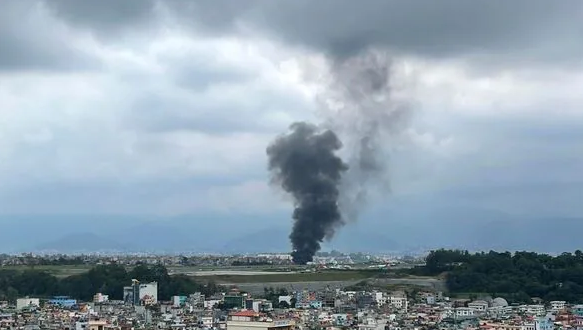At 11 am, Delhi’s average Air Quality Index (AQI) hit 475, surpassing both last year’s peak of 450 and 2022’s highest level of 471.
The Commission for Air Quality Management (CAQM) has called for a meeting scheduled at 1:30 pm on Friday to deliberate on implementing Stage 4 of the Graded Response Action Plan (GRAP) in response to the deteriorating air quality. The air quality in Delhi slipped into the ‘severe’ category for the first time this season on Thursday.
As of 11 am, the average Air Quality Index (AQI) in Delhi stood at 475, surpassing last year’s peak of 450 and 2022’s high of 471. In 2020, it reached 477, and in 2019, it was 494. Two monitoring stations (Mundka and Punjabi Bagh) recorded an AQI of 499.
The rapid degradation of air quality combined with heavy fog reduced visibility to 600 meters at Safdarjung and 500 meters at Palam.
The air quality worsened after Delhi recorded a 24-hour average AQI of 392, just shy of the ‘severe’ threshold at 4 pm. By midnight, the average AQI had surged to 427.
GRAP Stage 4 is invoked when the AQI exceeds the 450 mark. The measures it includes consist of prohibiting the entry of trucks into Delhi and halting construction activities on highways and roads, among others.
Stage 3 of GRAP involves measures like banning the use of older vehicles and is intended to be implemented when the AQI is projected to reach the ‘severe’ category. Authorities faced criticism for responding to the pollution surge rather than taking preventive actions.
CAQM has directed Delhi and neighboring states to limit the usage of BS-III petrol and BS-IV diesel four-wheelers in areas including Delhi, Gurugram, Faridabad, Ghaziabad, and Gautam Buddha Nagar. However, enforcement notifications were only issued late on Thursday.
The deteriorating air quality also led to the closure of schools for students in Classes 5 and below for two days (Friday and Saturday).
Greater Noida recorded the highest AQI of 402 (severe) in the National Capital Region (NCR) at 4 pm on Thursday. In Gurugram and Ghaziabad, the AQI was in the ‘poor’ category at 297 and 286, respectively.
Delhi’s AQI was at 362 (very poor) on Wednesday, but calm surface-level winds aggravated the impact of local pollution sources. Most of Delhi’s air pollution originated within the city, while crop burning in Punjab and Haryana contributed to increased PM2.5 levels.
A northwesterly wind brought smoke from farm fires in Punjab and Haryana to Delhi, with the two states reporting a significant number of farm fires. PM2.5, a combustion byproduct, was the dominant pollutant in Delhi’s air, significantly exceeding India’s safe standards.
The situation was expected to worsen as temperatures dropped further in the days leading up to Diwali, nine days later.



